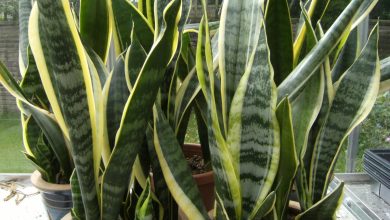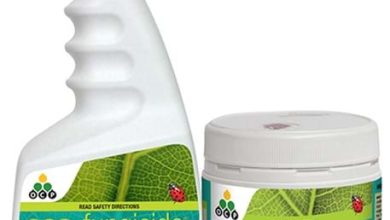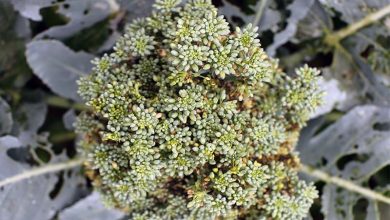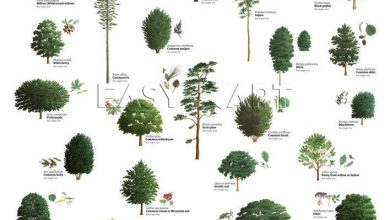Green Classroom Botanical Greenhouse of the School of Agricultural Engineers of Madrid
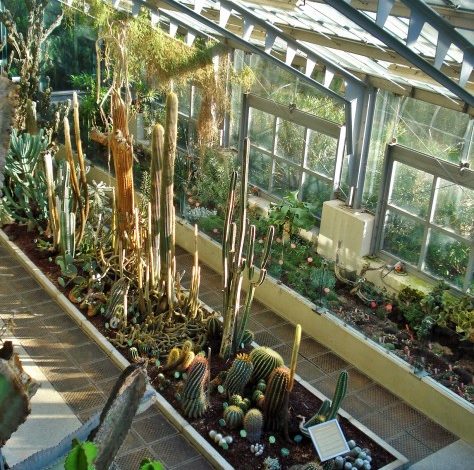
Since 1993, the Higher Technical School of Agricultural Engineers of Madrid (ETSIA) has had a greenhouse dedicated exclusively to teaching: the Green Classroom Invernadero Botánico (AVIB).

It is currently directed by professors from the ETSIA Biology Department, but its operation is possible thanks to the collaboration of a large team: professors from other departments (Plant Production-Phytotechnics, Rural Engineering, Chemistry and agricultural analysis, Edaphology, Linguistics …), Student Associations (Agrofogones, Kybele, GEDEA, IAAS), PAS of the School and interested students.
The greenhouse is on the Senda del Rey (next to the Moncloa Palace) a couple of kilometers from the School, within the practice fields, and has an area of 300 square metres.
Training and informative work of the Green Classroom Invernadero Botánico
Both the professor who launched it more than 20 years ago, César Gómez Campo, as well as the current coordinator, Professor Santiago Moreno, and all the other professors and technicians who collaborate in the greenhouse, have made an effort to make it a resource teacher that allows the integration of teachings taught from different departments and subjects.
To this end, an attempt is made to involve students in the AVIB by disseminating the activities carried out in it, and through visits framed in the study plan of various subjects. Some of them collaborate as volunteers, or through curricular internship programs, with the different tasks (propagation, irrigation, automatic control, pest control, dissemination activities, photography workshops, etc.), following a «learn by doing» strategy. ”.In addition, the AVID of the School of Agronomists has species of agrifood interest that future engineers study but that are difficult to see in our latitudes.
Guided tours are also organized to coincide with Science Week, and visits to educational centers (schools and vocational training centres), where children and adolescents enjoy the explanations while remembering and consolidating concepts learned in the classroom. In addition, they discover many other things that they did not know, such as the appearance of food plants such as coffee, cane sugar, soybeans, peanuts, strawberries or rice, or concepts such as plant evolution, Ecological Agriculture, pest control without insecticides…
In recent years, the ETSIA Green Classroom Invernadero Botánico has also participated in the training of international mobility students, doctorates, masters (Master of Gardening and Landscaping of the UPM) and intermediate level training cycles.
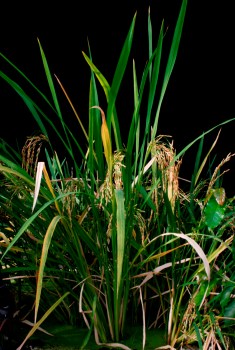
Two greenhouse photography collections are currently underway: one of macrophotography (especially focused on pests and diseases that attack greenhouse plants) and another of general photographs of the crops. I was lucky enough to collaborate with Vasilis (a Greek Erasmus student) in making some of the photos in this collection. Here are two of my favourites:
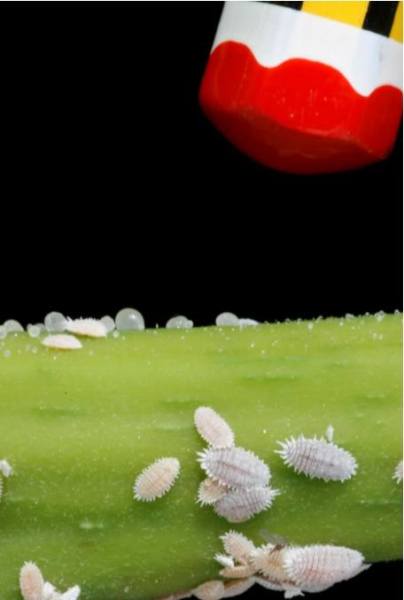
What is in the Green Classroom Botanical Greenhouse of the School of Agronomists?
The IBD has more than 150 species that are grown in large cylindrical concrete containers and that are organized in seven different modules:

- Module 0 (outside). Fruit trees from the five continents.
- Module 1. Plant evolution and collection of carnivorous plants.Journey from algae to the most evolved gymnosperms. The appearance of successive «genius inventions» is analyzed: protective structures of gametes, vascular bundles, lignin, spores, seeds, and endosperm.
- Module 2. Singular Mediterranean plants.Most of them could not be grown outside the greenhouse because they either require a special soil (chalky, saline soils, etc.), or they do not tolerate low winter temperatures.
- Module 3. Succulent plants.Specimens from different botanical families with a common denominator: the ability to survive in arid climates.
- Module 4. Plants included in research projects on science and agronomic technology of the ETSIA, the EUITA (University School of Agricultural Technical Engineering) and the CBGP (Center for Plant Biotechnology and Genomics).Species studied as in vitro cultures, species for vertical gardens, for bioremediation of contaminated soils, ecological agriculture, bioenergetic applications, etc. There are also species in danger of extinction and the «model plants» that have been and continue to be the basis for biotechnology studies. As not also plants of the cruciferous family, a family that distinguishes and gives fame to the «César Gómez Campo Germplasm Bank».
- Modules 5 and 6. Plants of agri-food interest.Tropical or subtropical species such as papaya, sugar cane, custard apple or banana; local peninsular crops such as tiger nuts, peanuts, rice, strawberries from Aranjuéz or kiwi. These two modules also fit promising crops for the future of food in the world, such as quinoa, stevia, or amaranth.
The plant exhibition is used to simultaneously show an original collection of substrates of interest in horticulture and gardening. Clay, perlite, pine bark, volcanic gravel, slate, etc., are some of the materials that can be seen. A small collection of the most common greenhouse pests is also maintained.
The fight against pests in the AVIB
Attempts are made to prevent serious attacks by pests and diseases by continuously monitoring that no harmful insects or signs of attack have appeared on the plants. If pests or disease damage are found, all possible means are put in place to avoid having to use artificial insecticides, fungicides or other non-ecological chemical products, combating pests through an integrated fight.
Some examples of pest control carried out at IDB:
- Whitefly: as we have commented in the article Fight whitefly in the organic garden, yellow traps are a very effective method to eliminate this pest: the “flies” are attracted to this color and stick when they get close. Look at the photo I took last week of all the flies that had been trapped! (And this is only a quarter of what the cardboard occupied, about 20 × 20 cm). In this case, Santiago did not make the traps himself, but bought them, for less than one euro each, at a specialized store in the center of Madrid. They have also been effective against aphids.

- Thrips: a natural predator of these insects, the Amblyseius swirskii mite, which is also very effective against whiteflies, was released in the greenhouse.
- Cottony cushion mealybug (Planococcus citri): as you can see in the first photo, the mealybugs had invaded the dwarf pomegranate tree in module 6 of the greenhouse.
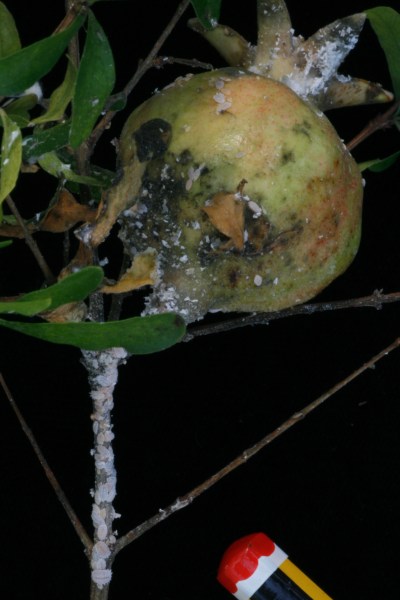
With the help of a spray backpack that we filled with soapy water (another ecological method that we have already talked about in other articles) we sprayed the plant under pressure and the result was spectacular: no trace of mealybugs and very shiny pomegranates in just one week. after!!

- Yellow Spider: Wettable sulfur sprayed on yellow spider trail plants has been lethal to this pest.
- Lepidoptera caterpillars: in the photos below you can see the magnitude of the attacks of Cacoecimorpha pronubana and Chrysodeixis chalcites on laurel and strawberry plants, respectively. The attack is being controlled with Spinosad, a commercial ecological insecticide based on spinosyns, substances secreted by the bacterium Saccharopoyspora spinosa.
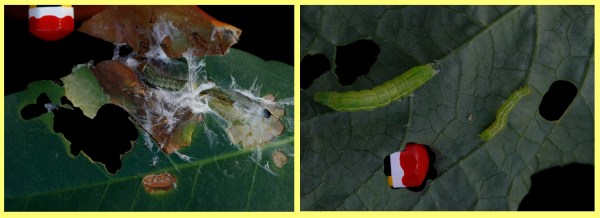
- Preparations with Equisetum and nettle extract are natural broad-spectrum insecticides used in AVIB to combat aphids, ants and other pests.

